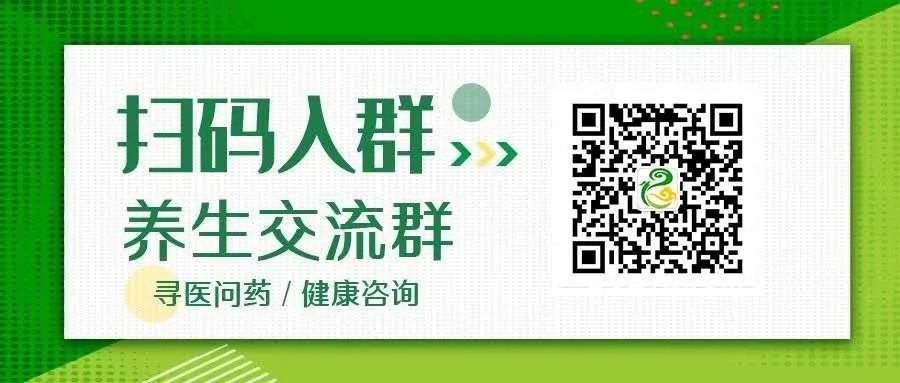This public account is hosted by the Yunnan Provincial Administration of Traditional Chinese Medicine. If you have not followed us yet, please click the blue “Yunnan TCM” above to follow.
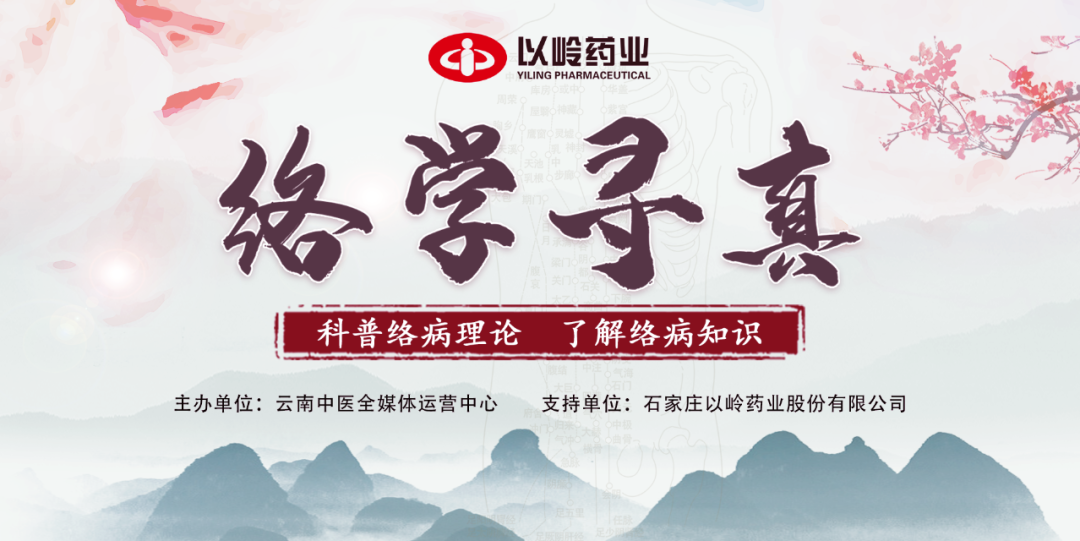
The human meridian system consists of “jingmai” (meridians) as the main pathways, existing within the body, connecting the internal and external; “luomai” (collaterals) are the auxiliary pathways branching from the main routes, existing on the surface of the body, interwoven and distributed throughout. If we compare the meridians to large rivers, the collaterals are the various tributaries. The collaterals interconnect and spread throughout the body, linking the internal and external, the organs (zangfu), and the limbs into an organic whole, including bie luo (branch collaterals), sun luo (secondary collaterals), and fu luo (floating collaterals).
Moreover, the collaterals are the hub for the distribution of qi (vital energy), blood, and body fluids, and are fine and extensive with unique functions. Therefore, once evil pathogens invade the collaterals, it can easily disrupt the circulation of qi and blood and the distribution of body fluids, leading to collateral stasis, collateral obstruction, and collateral deficiency, resulting in collateral diseases. Conditions such as coronary heart disease, stroke, arrhythmia, heart failure, diabetes and its complications, prostate diseases, and tumors are all classified as collateral diseases in TCM. These diseases tend to have a long course, recurrent pain, and are difficult to cure.
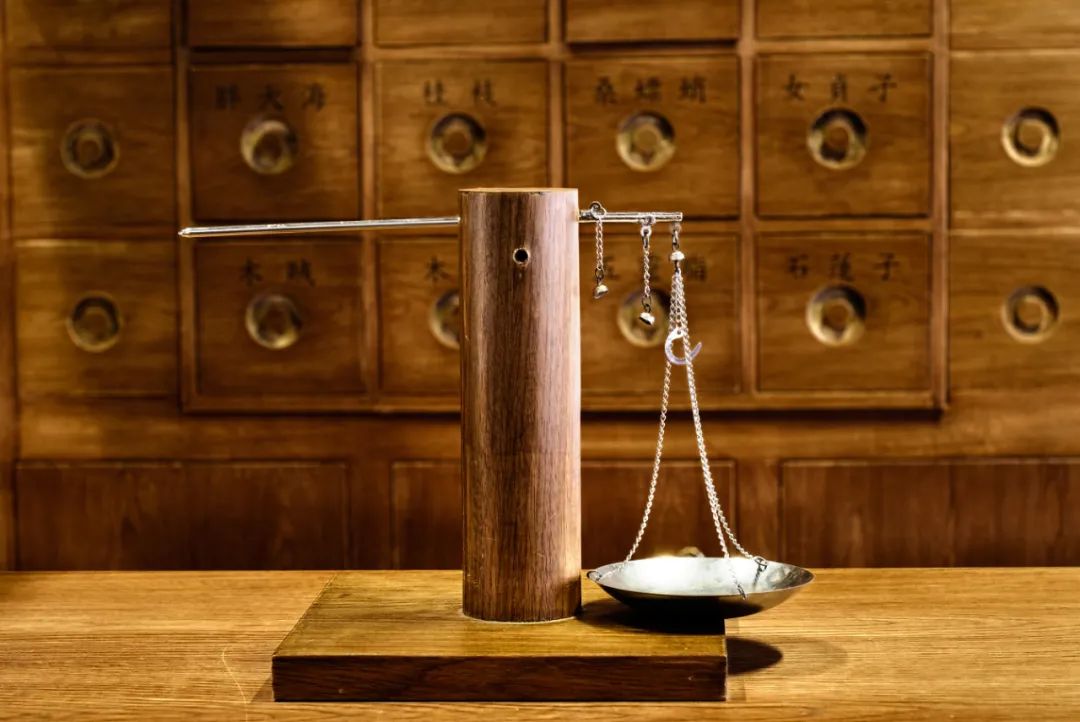

The Past and Present of Collateral Disease Theory
The theory of meridians and collaterals, as a treasure of TCM, originated in ancient times and serves modern needs, playing an important role in human health throughout the long history of the Chinese nation.
Between 400-300 BC, the Huangdi Neijing (Yellow Emperor’s Inner Canon) first proposed the concepts of “jingmai” (meridians), “jingluo” (meridians and collaterals), “xue mai” (blood vessels), “luo mai” (collaterals), and “luo bing” (collateral diseases) along with their treatment; during the Eastern Han Dynasty, Zhang Zhongjing introduced the term “mailu” (collaterals) in his work Shanghan Zabing Lun (Treatise on Cold Damage and Miscellaneous Diseases) and established the treatment methods for collateral diseases, thus pioneering the treatment of collateral diseases.
It was not until the Qing Dynasty that Ye Tianshi proposed the concepts of “chronic diseases entering the collaterals” and “chronic pain entering the collaterals” in his work Linzheng Zhinan Yian, and developed treatment methods such as Xinwei Tongluo, which greatly influenced later medical practices.
Since 1979, through the joint efforts of many experts, the research on collateral diseases has made significant progress and achievements, showing good results in the treatment of some major intractable diseases. In 2003, Academician Wu Yiling’s team completed the monograph on Collateral Disease Theory and compiled a textbook on the subject. In 2011, they completed the monograph on Meridian and Collateral Theory, and in early 2018, the monograph on Qi and Collateral Theory was completed. Collateral Disease Theory serves as the foundation, while Meridian and Collateral Theory and Qi and Collateral Theory are two branches of collateral disease studies. Thus, the three major theoretical frameworks of collateral disease theory have been basically formed.

Collateral Disease Theory and Clinical Practice
Data shows that in China, among those who die from diseases, 1 in 5 dies from stroke. Currently, there are 114 million diabetes patients in China, with a prevalence of diabetic nephropathy between 30%-50%. The treatment effects for these diseases are not ideal, and microvascular complications are key factors that hinder the improvement of treatment outcomes for major clinical diseases of the heart, brain, and kidneys. How can we break through the international challenges in treating microvascular diseases?
The emergence of the theory of meridians and collaterals provides a good approach for the treatment of such diseases, as it reveals the occurrence, development, and treatment patterns of vascular diseases, opening a breakthrough for TCM and Western medicine in the treatment of microvascular complications. The theory also indicates that collateral therapy is an effective method for improving microvascular function, blood flow perfusion, and treating common mechanisms of major diseases of the heart, brain, and kidneys.
In 2019, the project “Construction of TCM Meridian Theory and Its Guidance for the Prevention and Treatment of Microvascular Complications” won the first prize of the National Science and Technology Progress Award. Collateral medicines are classified into 7 functional categories, with only the categories of promoting blood circulation and removing stasis overlapping, thus expanding the range of clinical formula options.
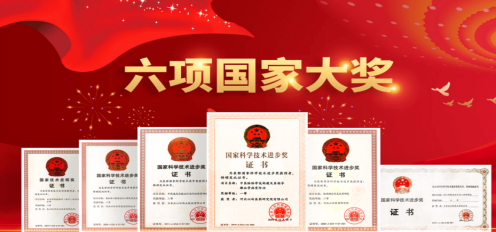
This is a significant original contribution to TCM theory, hailed as another milestone in the history of collateral disease research; it is the first to establish a new model of TCM academic innovation and transformation that integrates “theory + clinical practice + new drugs + experiments + evidence-based” and serves as a paradigm for the inheritance and innovative development of TCM; conducting series of studies on collateral therapy for microvascular diseases from theoretical, mechanistic, and clinical perspectives has achieved major breakthroughs, addressing significant clinical challenges in the international medical community.

Representative of Collateral Disease Theory Guidance
Lianhua Qingwen
During the 2003 “SARS” outbreak, some suggested using the differentiation of wei qi (defensive qi), ying qi (nutritive qi), and blood for treatment, but patients were experiencing respiratory failure without signs of deficiency in nutritive qi and blood. Later, experts indicated that after differentiating the six meridians and the defensive qi, nutritive qi, and blood, a new theory should emerge for warm diseases, and new patterns should be explored.
The proposal of collateral disease syndrome and treatment suggested simultaneous treatment of defensive qi, resolving both exterior and interior, using medication to intercept the disease progression and reduce damage to the lung collaterals. Based on this treatment principle, the use of Ma Xing Shi Gan Decoction and Yin Qiao San was adopted; the former clears the lung and releases heat, while the latter disperses and cools the exterior. Additionally, incorporating Da Huang (Rhubarb) based on Wu Youke’s experience in treating epidemics, formed the formula “Lianhua Qingwen.” The lung and large intestine are interrelated, and Da Huang clears the intestines and lungs, effectively treating respiratory distress syndrome, intercepting disease progression during the exterior syndrome stage, while also reducing the chances of lung inflammation.
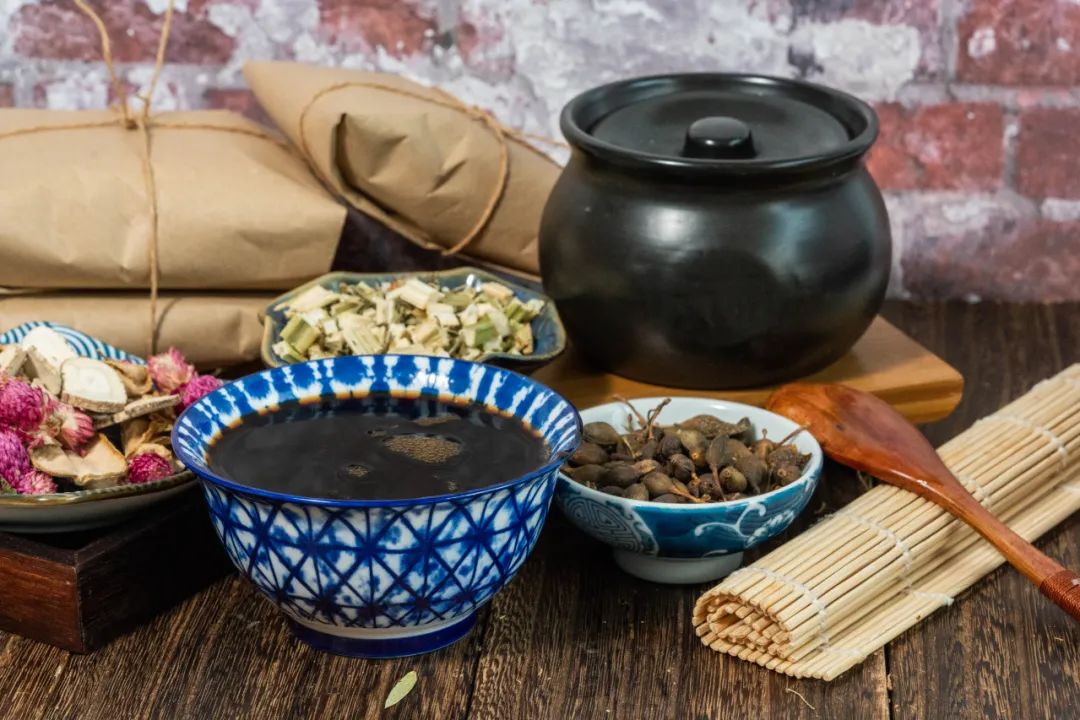
In fact, this method has been used since ancient times; the “Fang Feng Tong Sheng San” (Siler and Ephedra Powder) resolves both exterior and interior. Therefore, combining these three, along with Hong Jing Tian (Rhodiola), formed this group of formulas.
Compound Chinese medicine differs from single-target antiviral drugs; research has shown that Lianhua Qingwen is effective against the SARS virus. In addition, Lianhua Qingwen is effective against avian influenza virus, H1N1 virus, and mixed infections following viral infections, as well as bacterial infections, and can reduce fever, relieve cough, and resolve phlegm; Hong Jing Tian also has immune-regulating effects.
Today, Lianhua Qingwen has officially initiated research on the latest COVID-19 variant, and we look forward to the final publication of the research results.
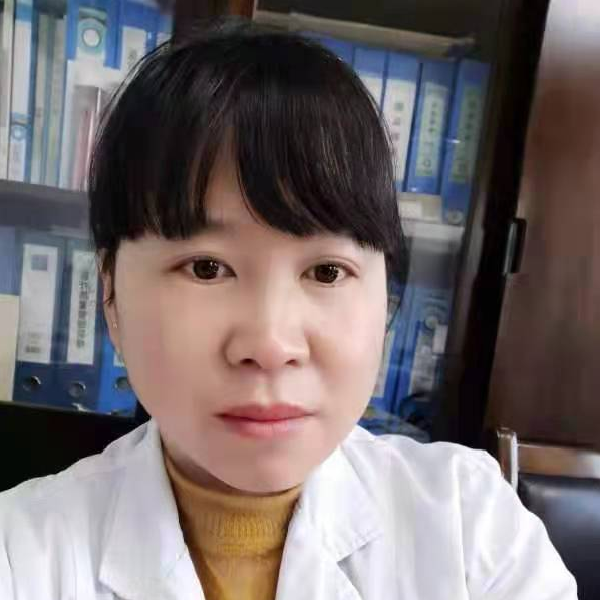
Expert of this Issue: Mao Haiqin
PhD candidate, lecturer at Yunnan University of Traditional Chinese Medicine, lecturer on collateral disease theory, director of the Rheumatology Branch of the Chinese Ethnic Medicine Association, member of the Rheumatology Professional Committee of the World Federation of Chinese Medicine Societies, member of the Rheumatology Professional Committee of the Yunnan Provincial Association of Traditional Chinese Medicine, and member of the Rheumatology Professional Committee of the Yunnan Provincial Association of Integrative Medicine.
Graduated from Beijing University of Chinese Medicine, China Academy of Chinese Medical Sciences, and Guangzhou University of Chinese Medicine, obtaining bachelor’s, master’s, and doctoral degrees. Engaged in theoretical and practical teaching of “Traditional Chinese Internal Medicine,” dedicated to research on the prevention and treatment of rheumatic diseases using both TCM and Western medicine. In 2020, served as the main lecturer for the public elective course on “Collateral Disease Theory” at Yunnan University of Traditional Chinese Medicine. Has hosted 3 provincial-level projects, published over 10 academic papers, and authored 3 popular science monographs, participating in the compilation of 8 monographs.
Column Name:“Seeking Truth in Collateral Studies” Hosted by:Yunnan TCM Media Operation CenterSupported by: Shijiazhuang Yiling Pharmaceutical Co., Ltd.Editor: Ma Chunli